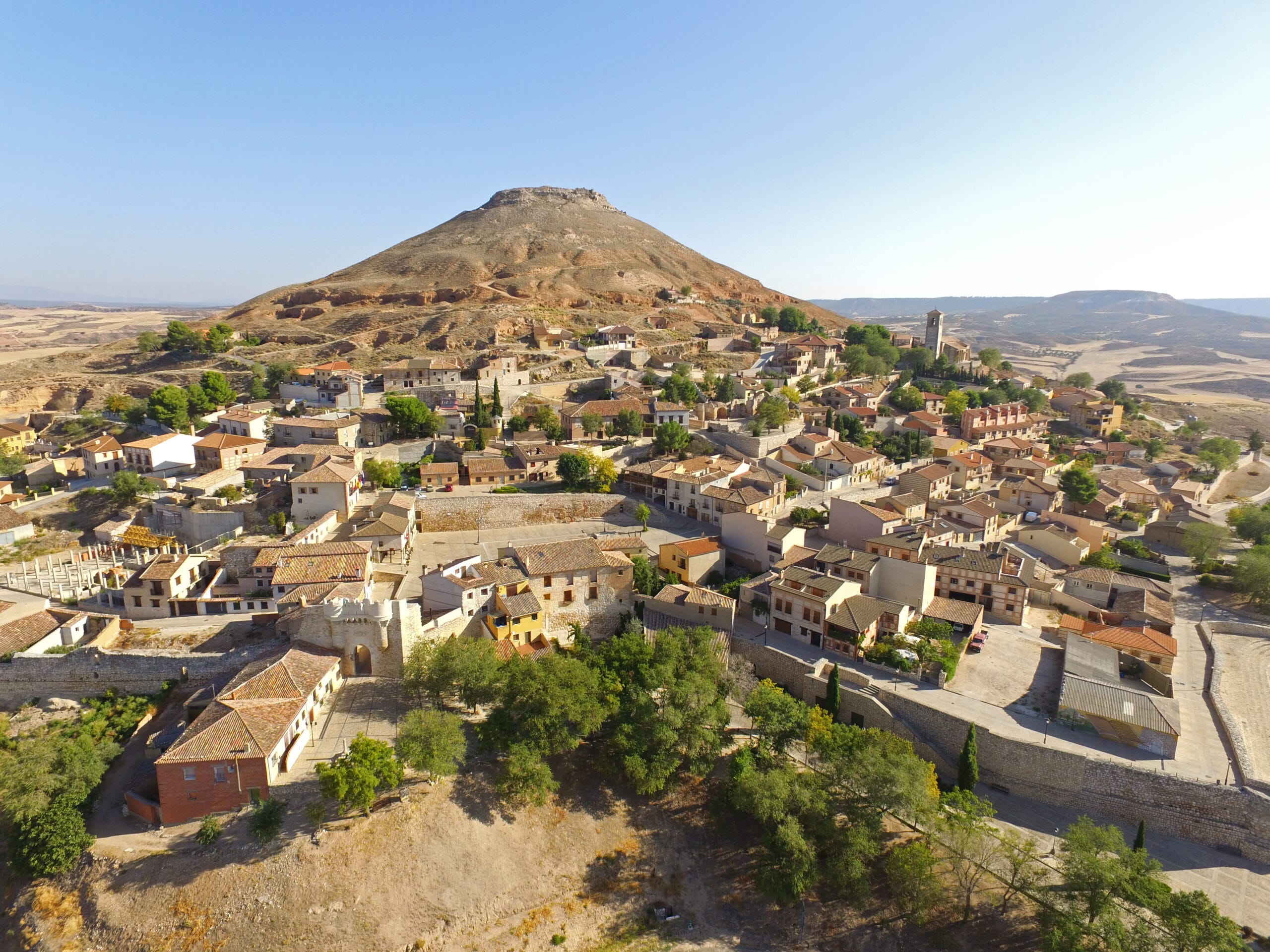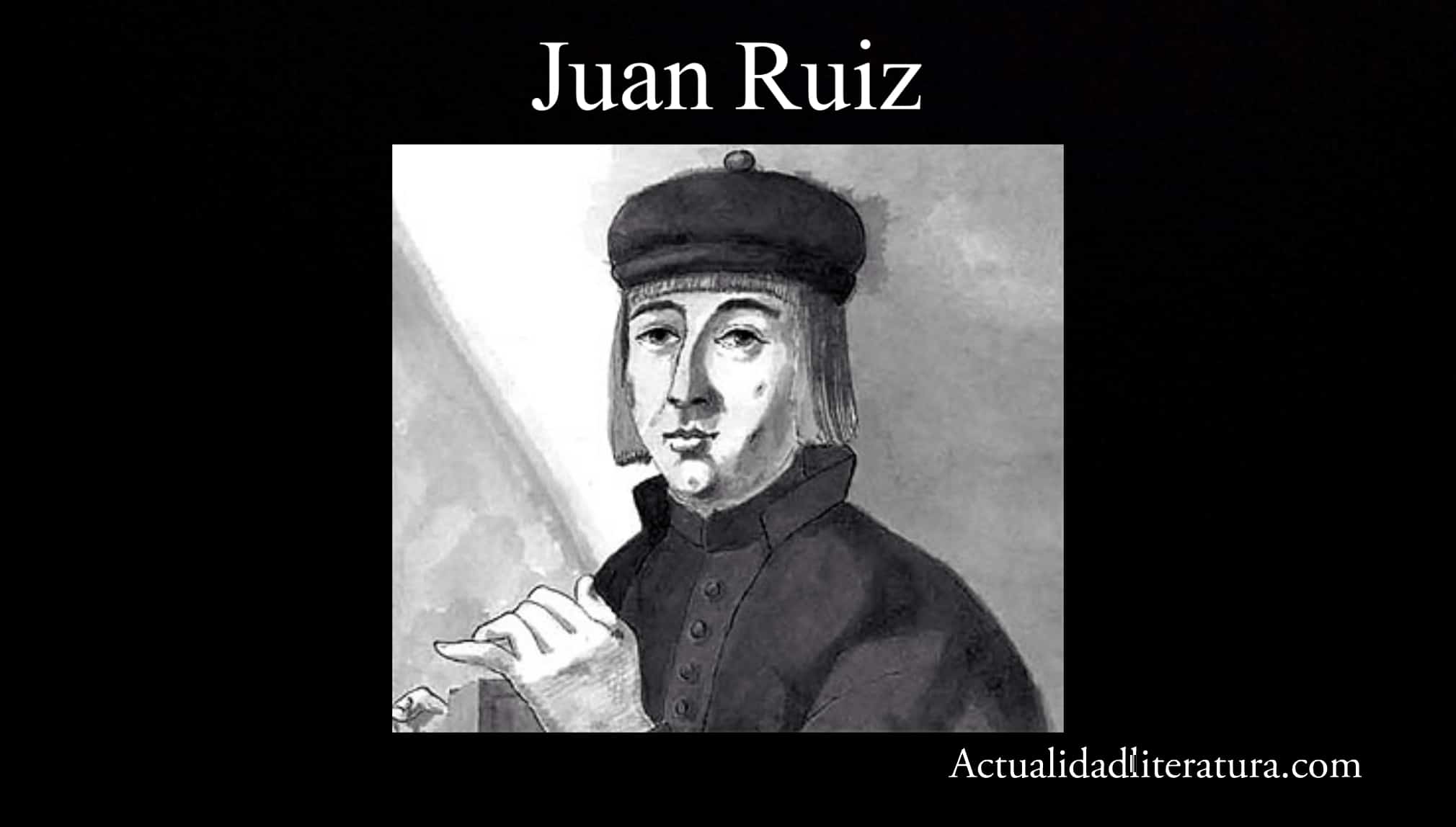
Municipality of Hita
The Book of Good Love (1330 and 1343) is a miscellany made by Juan Ruiz, who served as Archpriest of Hita during the XNUMXth century. This work - also known as Archpriest's Book o Book of songs— It is considered a classic of medieval Spanish literature. Its composition is extensive, with more than 1.700 stanzas in which the author's fictional autobiography is narrated.
There are three manuscripts of the book —S, G and T—, which are unfinished. Of these, the "S" or "Salamanca" is the most complete, while the others contain only fragments of the work. Likewise, its creation presents two dates: 1330 and 1343; This duality is due to the original documents found. The "S" version (1343) is a revision of the "G", to which new compositions were added.
Analysis of The Book of Good Love
Preface to the work
This section of the text was written in prose - unlike the rest of the work. Here, the author stated the intentions of the book and its possible interpretation. He also stated that it was prepared from prison. On this, many analysts consider that it was an allegory, since it does not speak of a true prison, but rather refers to earthly life.
Don Amor vs Archpriest
The author begins the text by having a complaint with Don Amor. In the first instance, he accused him of being guilty of capital sins. What's more, He claimed that love was destructive, as it drives men crazy, so he recommended departing from its domain. To explain his point of view, the Archpriest used several stories, among them he narrated "The donkey and the horse", as an example of pride in human beings.
For its part, Don Amor responded by giving him some teachings. For this used Ovid and the adaptation of the work from middle Ages: Ars Amandi. In his reply, he described how the physically perfect woman should be and the virtues that she must have both day and night. In addition to this, he persuaded him to seek a "matchmaker" - a specialist in making love potions - to advise him.
The courtship of Don Melón to Doña Endrina
It is the central story of the book. In it, Ruiz adapted the medieval comedy to his work: pamphilus (XII century). The narration is in the first person and has as protagonists the aforementioned characters: Don Melón and Doña Endrina. In the plot, the man sought out an old counselor —Trotaconventos— in order to conquer the lady in question.
It is important to note that, although carnal love plays a crucial role, on several occasions allusion is made to how important it is to be close to the love of God.
Trotaconventos went into action, looked for Dona Endrina and convinced her to meet Don Melon at his old house. Once they met, it is presumed - for lack of manuscript pages - that they had intimate relations.
That was how —At the cost of deceptions and traps— finally the marriage was agreed Between both. The counselor's strategy was simple, but effective: the only way to clear the woman's honor was through marriage.
Adventures in the Sierra de Segovia
This is another of the outstanding stories of the Archpriest. Here he recounts his passage through the Sierra de Segovia, where he met several small townspeople. The first of them was "La chata", a vulgar woman without any shame. Openly, she used to ask for gifts in exchange for favors of a sexual nature. Skillfully, the man managed to escape from this and other young women from Somosierra.
On the way to escape, he found another mountain at the foot of the mountain. This woman was more "barbarous" than the others. The Archpriest requested asylum, and, in return, she asked him for some kind of payment —Sexual or material. This time, the man, embarrassed by the imposing female, gave in and agrees the petition.
Contest between Don Carnal and Doña Cuaresma
After some songs to the Virgin - due to the proximity of Holy Week - the allegorical tale about the battle between Don Carnal and Dona Cuaresma is presented. Here, the author reflects the common clash between worldly desires and spirituality. The text is narrated as a parody and is inspired by medieval songs of deed.
Don Carnal gathered a strong and unbeatable army. However, his group's taste for the food and the wine made went in bad shape to the battlefield. That allowed the confrontation to be more balanced, and Mrs. Lent made the most of the advantage and achieved victory. Once defeated, Don Carnal was taken prisoner and a harsh penance was imposed on him.
Last love stories of the Archpriest
The Archpriest did not rest in the search for loveHe tried and tried to get it on as many adventures. In all of them he asked Trotaconventos for help again. One of the recommendations of the old matchmaker was to fall in love with a widow, however, the honored woman was not completely convinced and the man failed. After that, the protagonist tried with an owner, but was not successful either.
Then Trotaconventos suggested that he should try a nun named Garoza. The Archpriest tried to make her fall in love, but the woman clung to her divine vows and soon after she died. The man continued his adventures, and after so much stumbling, he was able to have a little affair with a blackberry.
Shortly after that short triumph, the matchmaker died. That loss, of course, greatly affected the protagonist. After other songs to the virgin and feasts to God, the Archpriest finished the book by giving again instructions how to interpret it.
About the author: Juan Ruiz, Archpriest of Hita

Juan Ruiz was an ecclesiastic and archpriest of Hita - a Spanish municipality in the province of Guadalajara. The data on its origin and life are scarce, what little is known is deduced from this single work: The Book of Good Love. It is presumed that he was born in 1283 in Alcalá de Henares and studied in Toledo, Hita - his birthplace - or a nearby area.
As well It is speculated that he had important musical knowledge, which is reflected in his precise lexicon on the subject. Some suppose - by the Salamanca manuscript- that he was arrested on the orders of Archbishop Gil de Albornoz, although many critics differ from that theory. According to various documents, it is conjectured that his death was recorded in the year 1351; By then he no longer served as Archpriest of Hita.
Dispute over his hometown
The medievalists Emilio Sáez and José Trenchs affirmed to the Congress of the year 1972 that Juan Ruiz's hometown was Alcalá la Real —Benzayde (1510c) -. They also asserted that he spent approximately 10 years of his childhood in that place. All this information was compiled after a long investigation by specialists; however, this study could not be concluded due to the unexpected death of both.
For its part, the Spanish historian Ramón Gonzálvez Ruiz expressed the following in a plenary session in 2002: “Throughout his book Juan Ruiz has been sowing data from his personal biography. He must have been born in Alcalá, as the famous verse with which Trotaconventos greets the blackberry suggests On behalf of the archpriest: «Fix, one who is from Alcalá greets you very much» (stanza 1510a) ”.
As of today, neither of the two theories have been confirmed by a clear source, and both cities are still fighting for recognition.. However, most are inclined to the Gonzálvez Ruiz hypothesis, since Alcalá de Henares (Madrid) is a region close to Hita (Guadalajara).
